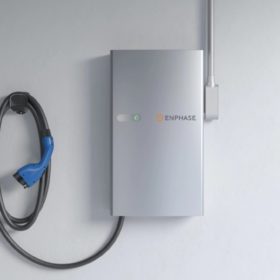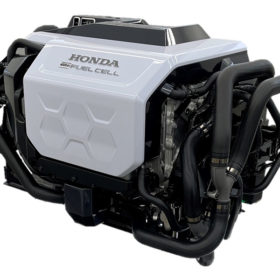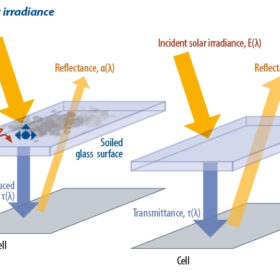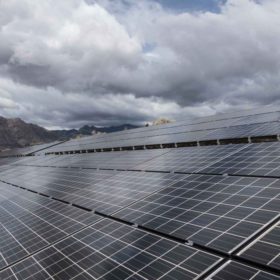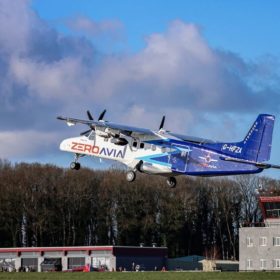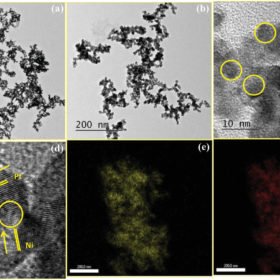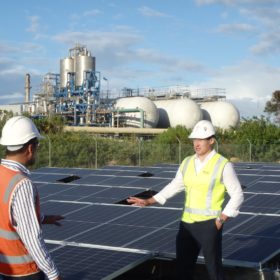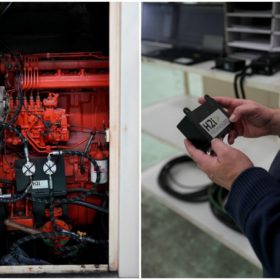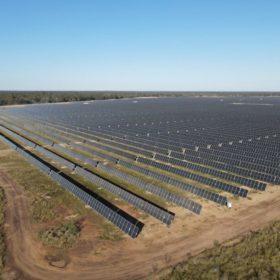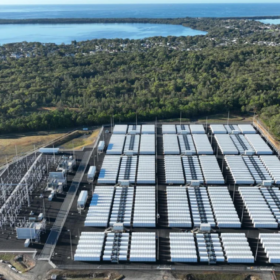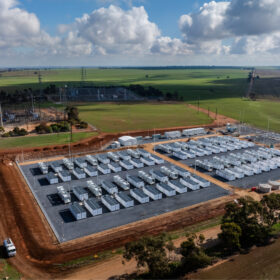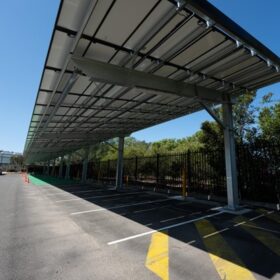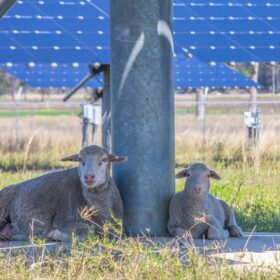Enphase demonstrates bidirectional EV charger
Enphase’s new bidirectional EV charger enables vehicle-to-home and vehicle-to-grid applications, and can be integrated with its home energy systems.
Honda reveals plans to halve fuel cell costs by 2030
Honda has revealed a new hydrogen strategy, while Air Liquide and TotalEnergies have announced a new hydrogen joint venture.
Weekend read: Rethinking soiling
The two dominant methods used in the industry to estimate soiling levels on solar projects go some way in mitigating losses, but there is plenty of scope for more accurate observation, as NRG Systems’ Alexandra Arntsen reports.
DNV acquires Australian solar data specialist Solcast
Australian-headquartered solar data specialist Solcast has been acquired by Norwegian energy assurance and risk management company DNV as it seeks to strengthen its solar forecasting services to help maximise the value of PV power plants globally.
Solar may cover the world’s electricity demand with 0.3% of its land area
An international research group claims that raw materials and land availability do not present a real barrier for a global energy system with solar at its centre. They said that forecasts for PV growth should not have their axis on utility-scale power plants and instead consider vertical PV, agrivoltaics, and floating PV as the source of future big market volumes.
World’s largest hydrogen airplane makes first flight
The hydrogen stream: ZeroAvia tested its new 19-seat hydrogen-powered aircraft, Chinese scientists unveiled new tech to promote bubble removal in electrolysers, and Egypt-Japan University of Science and Technology researchers claimed that the most efficient hydrogen production systems are based on waste heat.
Zinc-bromine redox flow batteries with superpower density
Indian researchers have presented a new way to develop effective electrode materials for superpower redox flow battery (RFB) systems. Their flow cell with heat-treated nickel-rich platinum-nickel coating on the graphite felt delivered an impressive ever-best power density of around 1,550 mW cm−2.
Japanese oil giant opens green hydrogen pilot plant in Brisbane
Japan’s largest oil company, Eneos, has opened a green hydrogen demonstration plant at Bulwer Island in Brisbane. While the scale of the project is relatively small, producing just 20 kilograms of green hydrogen a day, Eneos Senior Vice President Yuichiro Fujiyama says the company will expand the project’s scale “in near future.”
Systems injecting hydrogen into diesel engines manufactured in Victoria
A Victorian-based startup which claims to have developed a hydrogen enhancement kit that injects hydrogen into existing diesel engines to reduce diesel use, has begun the production of 10 commercial-ready systems. It will do field testing with the systems on sites of potential customers.
Missteps, monster solar farms and hangovers: solar’s 2022 in review
Last year was a tricky one for solar, with each segment from residential to commercial to utility behaving quite differently. The industry trends have been laid out in Sunwiz’s latest Australian PV Report and pv magazine Australia takes a dive into what happened and what there is to learn.
